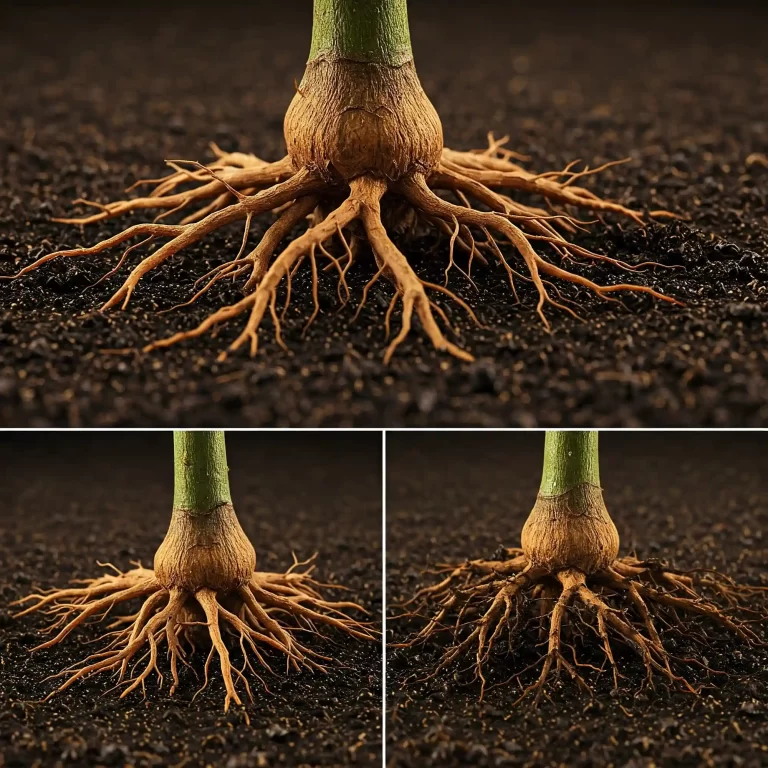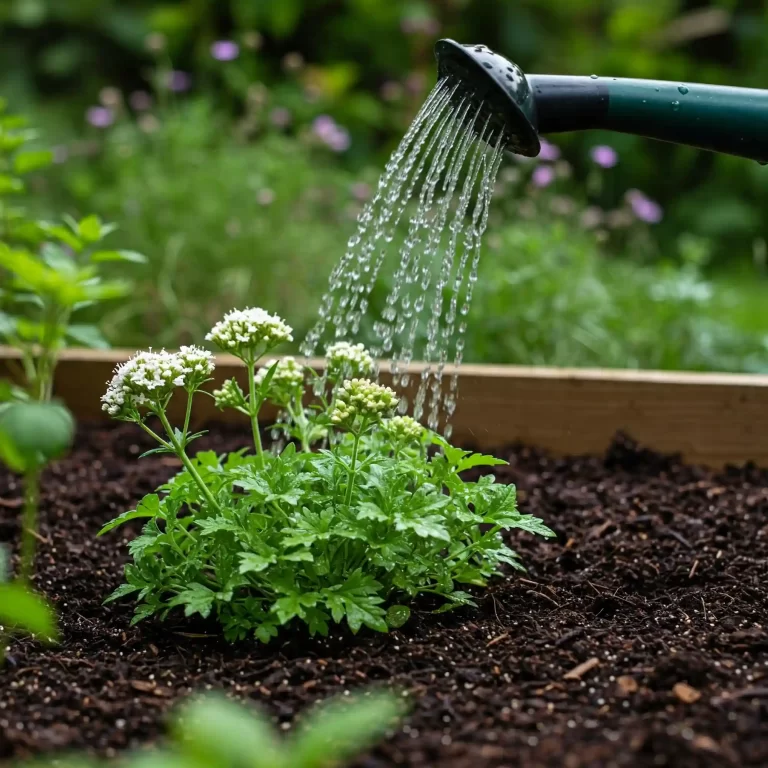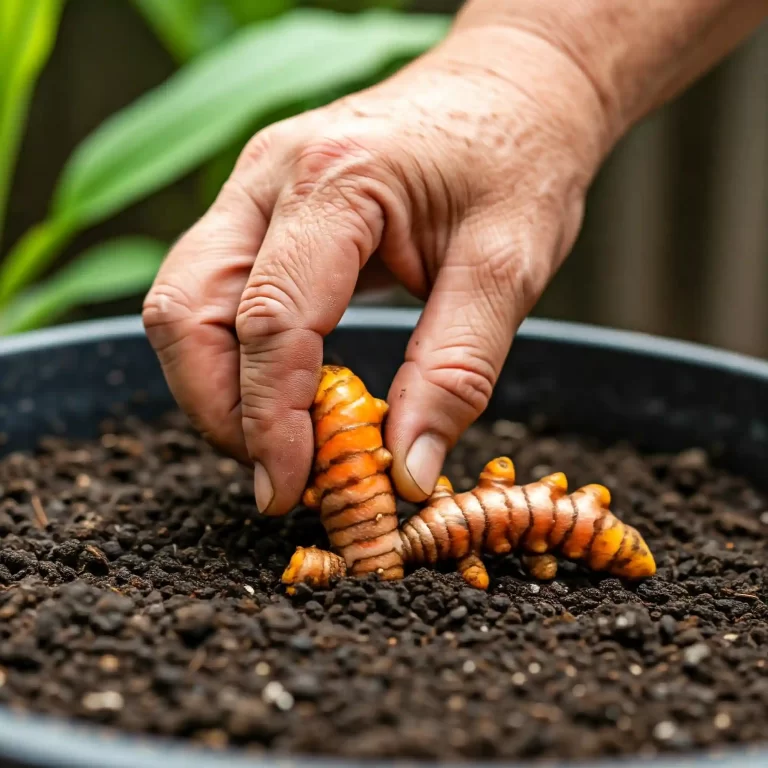Imagine snipping off fresh, fragrant basil leaves whenever your culinary creativity strikes. From zesty pesto to vibrant Caprese salads, homegrown basil elevates any dish. But fear not, aspiring gardeners! Even without a sprawling plot, you can cultivate a thriving basil plant right on your windowsill. This comprehensive guide unveils the secrets to growing luscious basil, ensuring a steady supply of flavorful leaves throughout the season.
Planting Power: Seeds or Seedlings?
Embarking on your basil-growing adventure begins with a crucial decision: seeds or seedlings? Both options have their merits, allowing you to tailor the approach to your gardening experience.
- Seeds: Seedlings offer the satisfaction of nurturing basil from the very beginning. Here’s what you’ll need:
- Seed-starting mix: Opt for a well-draining, lightweight potting mix specifically formulated for seedlings.
- Seed tray or small pots: Choose a container with drainage holes to prevent waterlogging.
- Basil seeds: Select high-quality seeds from a reputable gardening store. Consider unique varieties like Thai basil or lemon basil for an exciting flavor twist.
- Seedlings: For those seeking a quicker harvest, healthy seedlings from your local nursery are a perfect option. Look for seedlings with vibrant green leaves and sturdy stems.
Sunshine Sanctuary: Selecting the Perfect Location
Basil, a native of the sunny Mediterranean region, thrives in warmth and light. To mimic these ideal conditions, identify the sunniest spot in your home:
- South-facing windows: These windows offer the most direct sunlight, ideal for at least 6 hours a day.
- East or west-facing windows: While slightly less intense, these windows provide ample sunlight for healthy basil growth.
Potting Perfection
For container-grown basil, select a pot that caters to its needs:
- Size: Choose a pot at least 6 inches in diameter with drainage holes to prevent root rot.
- Material: Opt for breathable terracotta pots that allow for proper airflow and prevent moisture buildup around the roots.
Garden Glory: Planting Basil Outdoors

If you have a sunny spot in your garden, consider planting basil directly in the ground. Here’s how to prepare your garden bed for basil success:
- Location: Choose a location that receives at least 6 hours of direct sunlight daily.
- Soil: Ensure well-draining soil with a pH between 6.0 and 7.0. Amend the soil with compost or aged manure for added nutrients.
- Spacing: Plant basil seedlings 12-18 inches apart to allow for proper air circulation and growth.
Watering Wisdom: Keeping Your Basil Hydrated
Basil enjoys consistent moisture, but avoid drowning your plant. Here’s a watering strategy for optimal growth:
- Frequency: Water your basil plant deeply when the top inch of soil feels dry to the touch.
- Technique: Water slowly and directly at the base of the plant, avoiding splashing water on the leaves. This helps prevent fungal diseases.
- Drainage: Ensure excess water drains freely from the pot or garden bed.
Pinching for Perfection: Encouraging Bushier Growth
A simple pinching technique encourages bushier growth and promotes more flavorful leaves. Here’s how:
- Timing: Once your basil plant reaches 4-6 inches tall, pinch off the topmost stem tip (just above a set of leaves) using clean shears or your thumb and forefinger.
- Benefits: Pinching stimulates lateral branching, resulting in a bushier plant with more leaves for harvesting.
- Repeat: Regularly pinch throughout the growing season to maintain a compact, leafy plant.
Harvesting Happiness: Reap the Rewards of Your Labor
The moment you’ve been waiting for! Here’s how to harvest your homegrown basil bounty:
- Timing: The ideal time to harvest basil leaves is in the morning, after the morning dew has evaporated. This ensures the leaves are at their most flavorful.
- Selection: Start by harvesting the larger, outer leaves. This encourages the plant to produce more leaves.
- Technique: Use sharp pruners or shears to snip leaves just above a node (the point where a stem meets the main stalk). This promotes bushier growth.
- Harvesting frequency: Regularly harvest leaves throughout the growing season to stimulate new growth. Aim to remove no more than one-third of the plant’s total leaves at a time.
Basil Leaf Harvesting Cheat Sheet
| Basil Growth Stage | Harvesting Technique |
| Seedlings reach 4-6 inches tall | Pinch off the topmost stem tip to encourage bushier growth. |
| Established plant | Harvest outer leaves regularly using sharp shears. |
| Flowering begins | Pinch off flower buds to extend the harvest period and promote leaf production. |
Basil Bounty Beyond the Season: Preservation Techniques
While fresh basil is undeniably the star of the show, there are ways to extend your basil enjoyment beyond the growing season. Here are a few preservation techniques:
- Drying: Wash and dry basil leaves thoroughly. Tie them loosely in small bundles and hang them in a cool, dark, well-ventilated area. Once completely dry, crumble the leaves and store them in an airtight container for future use.
- Freezing: Wash and dry basil leaves. Flash freeze them on a baking sheet, then transfer them to freezer bags for long-term storage.
- Basil Pesto: Transform your basil harvest into a flavorful pesto. Blend together fresh basil leaves, pine nuts, garlic, olive oil, and Parmesan cheese for a delicious condiment.
Basil Oil
For a more concentrated basil flavor, create your own infused oil:
- Wash and dry fresh basil leaves. Pack a clean jar with the leaves and cover them with high-quality olive oil. Seal the jar and let it infuse in a sunny location for a week. Strain the oil and store it in a cool, dark place. Drizzle this flavorful oil over salads, pasta dishes, or bruschetta.
Basil Preservation Techniques at a Glance
| Preservation Method | Pros | Cons |
| Drying | Easy, retains some flavor | Time-consuming, less intense flavor compared to fresh |
| Freezing | Convenient, retains color and some flavor | May lose some texture |
| Basil Pesto | Delicious and versatile | Requires additional ingredients |
| Basil Oil | Concentrated flavor | Requires planning ahead |
Common Basil Problems and Solutions
Even the most dedicated gardeners encounter occasional challenges. Here’s a quick guide to troubleshooting common basil problems:
- Leggy growth: This indicates insufficient sunlight. Move your plant to a sunnier location.
- Yellowing leaves: This could be a sign of overwatering, underwatering, or nutrient deficiency. Adjust your watering schedule and consider fertilizing with a balanced fertilizer.
- Aphids: These tiny green insects can suck the sap from your basil plant. Use insecticidal soap or neem oil to control them.
Conclusion: The Joys of Homegrown Basil
With a little TLC, you can cultivate a thriving basil plant that rewards you with an abundance of flavorful leaves throughout the season. From zesty pesto to refreshing Caprese salads, the possibilities are endless. So, embrace the joy of homegrown herbs and embark on your basil-growing adventure today!



